nourishing indigenization
Memorial continues to work towards Indigenization of the academy
nourishing indigenization
Memorial continues to work towards Indigenization of the academy
nourishing indigenization
Memorial continues to work towards Indigenization of the academy
nourishing indigenization
Memorial continues to work towards Indigenization of the academy
nourishing indigenization
Memorial continues to work towards Indigenization of the academy
Every fall, Memorial’s campuses are abuzz with activity. New students are living on their own for the first time, meeting new people and navigating new places like 300-seat lecture theatres—when many are used to attending class with the same 30 people they’ve known since first grade. It’s a time of excitement, exploration and a little bit—or a lot—of nerves.
It’s generally true for most students, whether they’ve come from a small community or a big city or from down the road or across the globe.
Try and imagine, then, the layers of complexity added to the experience for Indigenous students who can’t easily see themselves or their culture reflected in this new place.
Historically, when Indigenous students began university, they were made to feel that they had to leave a part of themselves at the door. The mindset for supporting Indigenous students was to teach them to adapt to the university environment—an environment that was structured entirely from a Western perspective.
That approach has changed and, across many fronts, Memorial is working to both Indigenize and decolonize the institution.
Every fall, Memorial’s campuses are abuzz with activity. New students are living on their own for the first time, meeting new people and navigating new places like 300-seat lecture theatres—when many are used to attending class with the same 30 people they’ve known since first grade. It’s a time of excitement, exploration and a little bit—or a lot—of nerves.
It’s generally true for most students, whether they’ve come from a small community or a big city or from down the road or across the globe.
Try and imagine, then, the layers of complexity added to the experience for Indigenous students who can’t easily see themselves or their culture reflected in this new place.
Historically, when Indigenous students began university, they were made to feel that they had to leave a part of themselves at the door. The mindset for supporting Indigenous students was to teach them to adapt to the university environment—an environment that was structured entirely from a Western perspective.
That approach has changed and, across many fronts, Memorial is working to both Indigenize and decolonize the institution.
Every fall, Memorial’s campuses are abuzz with activity. New students are living on their own for the first time, meeting new people and navigating new places like 300-seat lecture theatres—when many are used to attending class with the same 30 people they’ve known since first grade. It’s a time of excitement, exploration and a little bit—or a lot – of nerves.
It’s generally true for most students, whether they’ve come from a small community or a big city or from down the road or across the globe.
Try and imagine, then, the layers of complexity added to the experience for Indigenous students who can’t easily see themselves or their culture reflected in this new place.
Historically, when Indigenous students began university, they were made to feel that they had to leave a part of themselves at the door. The mindset for supporting Indigenous students was to teach them to adapt to the university environment—an environment that was structured entirely from a Western perspective.
That approach has changed and, across many fronts, Memorial is working to both Indigenize and decolonize the institution.
Every fall, Memorial’s campuses are abuzz with activity. New students are living on their own for the first time, meeting new people and navigating new places like 300-seat lecture theatres—when many are used to attending class with the same 30 people they’ve known since first grade. It’s a time of excitement, exploration and a little bit—or a lot—of nerves.
It’s generally true for most students, whether they’ve come from a small community or a big city or from down the road or across the globe.
Try and imagine, then, the layers of complexity added to the experience for Indigenous students who can’t easily see themselves or their culture reflected in this new place.
Historically, when Indigenous students began university, they were made to feel that they had to leave a part of themselves at the door. The mindset for supporting Indigenous students was to teach them to adapt to the university environment—an environment that was structured entirely from a Western perspective.
That approach has changed and, across many fronts, Memorial is working to both Indigenize and decolonize the institution.
Rich conversation
In a recent Gazette op-ed, a group of Indigenous students, faculty and staff described Indigenization as “change led by Indigenous people to bring Indigenous ways of knowing, being and doing into spaces that are not designed for those ways.”
Key to this transformation is the development of an Indigenization strategy at Memorial that is founded on a deep-rooted understanding of the Indigenous Peoples of Newfoundland and Labrador and their history, needs, culture and wisdom.
Rich conversation
In a recent Gazette op-ed, a group of Indigenous students, faculty and staff described Indigenization as “change led by Indigenous people to bring Indigenous ways of knowing, being and doing into spaces that are not designed for those ways.”
Key to this transformation is the development of an Indigenization strategy at Memorial that is founded on a deep-rooted understanding of the Indigenous Peoples of Newfoundland and Labrador and their history, needs, culture and wisdom.
Rich conversation
In a recent Gazette op-ed, a group of Indigenous students, faculty and staff described Indigenization as “change led by Indigenous people to bring Indigenous ways of knowing, being and doing into spaces that are not designed for those ways.”
Key to this transformation is the development of an Indigenization strategy at Memorial that is founded on a deep-rooted understanding of the Indigenous Peoples of Newfoundland and Labrador and their history, needs, culture and wisdom.
Rich conversation
In a recent Gazette op-ed, a group of Indigenous students, faculty and staff described Indigenization as “change led by Indigenous people to bring Indigenous ways of knowing, being and doing into spaces that are not designed for those ways.”
Key to this transformation is the development of an Indigenization strategy at Memorial that is founded on a deep-rooted understanding of the Indigenous Peoples of Newfoundland and Labrador and their history, needs, culture and wisdom.
“We have a particular responsibility to reflect the needs of Indigenous learners, Indigenous scholars and Indigenous communities in our academic programming, governance, policies and procedures.”
Catharyn Andersen
Throughout the last year, 25 consultation sessions were held in communities throughout the province. Indigenous communities and representative groups were able to share, first-hand, their experiences with Memorial.
Catharyn Andersen, special advisor to the president on Aboriginal affairs, said the in-person meetings were “invaluable.”
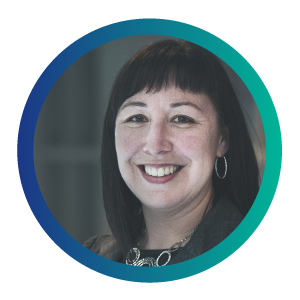
Catharyn Andersen
“We were able to have really great, unstructured conversations about peoples’ experiences with Memorial, as students and also as members of a community who may have interacted with faculty, staff or researchers who came into their community,” she said. “The conversations were rich and wide-ranging. We’ll be taking all that we heard into consideration as we develop our strategy for Indigenization.”
While some of the feedback was specific to a community or group, common themes emerged: the desire for people of the university—faculty, staff and students—to have a deeper understanding of Indigenous Peoples; physical spaces for Indigenous students; curriculum that focuses on Indigenous Peoples within the province; and support for the significant, and sometimes jarring, transition to university.
As Ms. Andersen noted, “Coming from a small community, like Parson’s Pond or Nain, to a city, like Corner Brook or St. John’s, is a big change. Helping students adapt to that change, and also supporting them within the university environment, is a message we heard from a number of people.”
Structural and systemic change
The ambition of the strategy is nothing short of a total transformation.
Ms. Andersen looks to the University of Otago in New Zealand as a model of what Indigenization can look like. That university, ranked in the top one per cent of universities in the world, started working toward Indigenization and decolonization in the 1970s.
“We were able to have really great, unstructured conversations about peoples’ experiences with Memorial, as students and also as members of a community who may have interacted with faculty, staff or researchers who came into their community,” she said. “The conversations were rich and wide-ranging. We’ll be taking all that we heard into consideration as we develop our strategy for Indigenization.”
While some of the feedback was specific to a community or group, common themes emerged: the desire for people of the university—faculty, staff and students—to have a deeper understanding of Indigenous Peoples; physical spaces for Indigenous students; curriculum that focuses on Indigenous Peoples within the province; and support for the significant, and sometimes jarring, transition to university.
As Ms. Andersen noted, “Coming from a small community, like Parson’s Pond or Nain, to a city, like Corner Brook or St. John’s, is a big change. Helping students adapt to that change, and also supporting them within the university environment, is a message we heard from a number of people.”
Structural and systemic change
The ambition of the strategy is nothing short of a total transformation.
Ms. Andersen looks to the University of Otago in New Zealand as a model of what Indigenization can look like. That university, ranked in the top one per cent of universities in the world, started working toward Indigenization and decolonization in the 1970s.
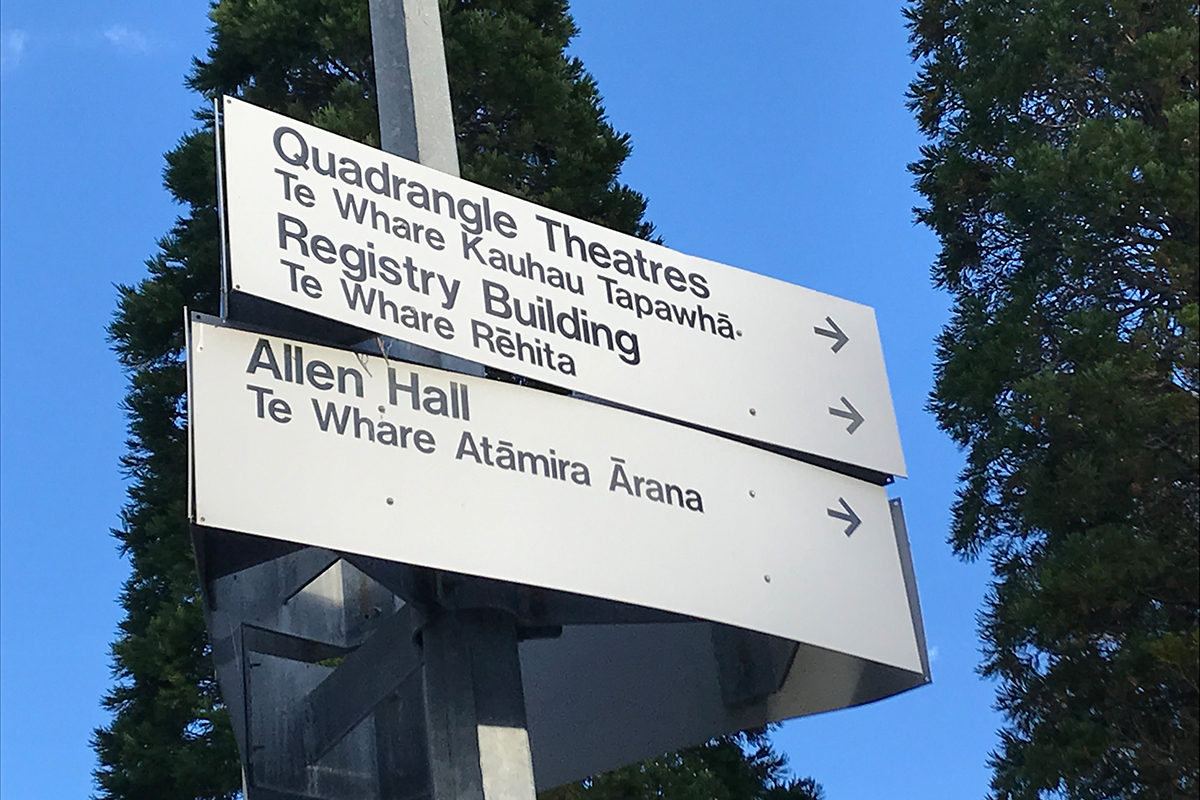
Signage at the University Otago in both English and Māori. | Photo: Dr. Max Liboiron
Signage at the University Otago in both English and Māori. | Photo: Dr. Max Liboiron
“Where we are now, they once were,” she said. “And the basis of everything they do at the University of Otago comes from the treaty that exists with the Māori. They look to that treaty at every level of decision-making to ensure they are respectful and responsive to the responsibilities outlined in the treaty.”
“While we don’t have a treaty like that in Newfoundland and Labrador with respect to Indigenous Peoples, Memorial does have a special obligation to the people of the province,” Ms. Andersen continued. “When we consider what that special obligation looks like for Indigenous Peoples, we have a particular responsibility to reflect the needs of Indigenous learners, Indigenous scholars and Indigenous communities in our academic programming, governance, policies and procedures.”
Ms. Andersen says Memorial is looking at “much more” than adding programming—it is working towards structural change and systemic change. She says she knows it is not going to happen overnight, that it will take time, but hopes the strategy will be the catalyst to start effecting that kind of change.
As well, Ms. Andersen says the Indigenization strategy needs to be led by Indigenous people with support from other members of the university community, particularly around decolonization.
Dr. Noreen Golfman, provost and vice-chancellor of Memorial, agrees.
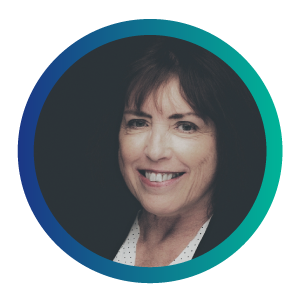
Dr. Noreen Golfman
“Twinned with Indigenization is decolonization,” she said. “To some degree, that is an even bigger challenge because it suggests dismantling a lot of the cultural assumptions and structures that have traditionally informed the way we teach, the way we expect students to learn and the way we conduct research. We are taking the long view, but you have to start somewhere and senior administration is completely committed to assisting.”
Strengthening Indigenous research
One example of this can be found in research leadership. In fall 2018 a new position was created in the Office of the Vice-President (Research) to focus on Indigenous research.
Dr. Max Liboiron is vice-president (Indigenous research) pro tempore. She plays a critical role in ensuring engagement with Indigenous communities is based on understanding and respect.
“Twinned with Indigenization is decolonization,” she said. “To some degree, that is an even bigger challenge because it suggests dismantling a lot of the cultural assumptions and structures that have traditionally informed the way we teach, the way we expect students to learn and the way we conduct research. We are taking the long view, but you have to start somewhere and senior administration is completely committed to assisting.”
Strengthening Indigenous research
One example of this can be found in research leadership. In fall 2018 a new position was created in the Office of the Vice-President (Research) to focus on Indigenous research.
Dr. Max Liboiron is vice-president (Indigenous research) pro tempore. She plays a critical role in ensuring engagement with Indigenous communities is based on understanding and respect.
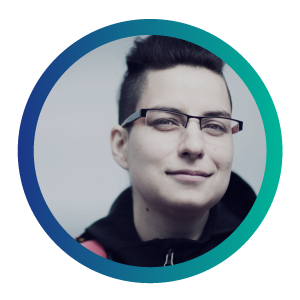
Dr. Max Liboiron | Photo: David Howells
Dr. Max Liboiron | Photo: David Howells
She is also assistant professor in the Department of Geography, cross-appointed to the Department of Sociology, Faculty of Humanities and Social Sciences, and the Marine Institute. Dr. Liboiron’s Civic Laboratory for Environmental Action Research (CLEAR) is at the forefront of developing feminist, anti-colonial methodologies and instruments in the natural sciences. CLEAR focuses on Métis legal orders (law that is embedded in social, political, economic and spiritual institutions) to create place-based and deeply ethical scientific protocols in marine plastic pollution research.
“Anti-colonial knowledge production should and must happen in a university setting and become a normal part of learning if change is going to happen for both settlers and Indigenous scientists.”
Dr. Max Liboiron
“Anti-colonial knowledge production should and must happen in a university setting and become a normal part of learning if change is going to happen for both settlers and Indigenous scientists.”
Dr. Max Liboiron
“Anti-colonial knowledge production should and must happen in a university setting and become a normal part of learning if change is going to happen for both settlers and Indigenous scientists.”
Dr. Max Liboiron
“Anti-colonial knowledge production should and must happen in a university setting and become a normal part of learning if change is going to happen for both settlers and Indigenous scientists.”
Dr. Max Liboiron
“Anti-colonial knowledge production should and must happen in a university setting and become a normal part of learning if change is going to happen for both settlers and Indigenous scientists.”
Dr. Max Liboiron
Dr. Liboiron says that all science has value, whether it’s the importance of objectivity and reproducibility or something else.
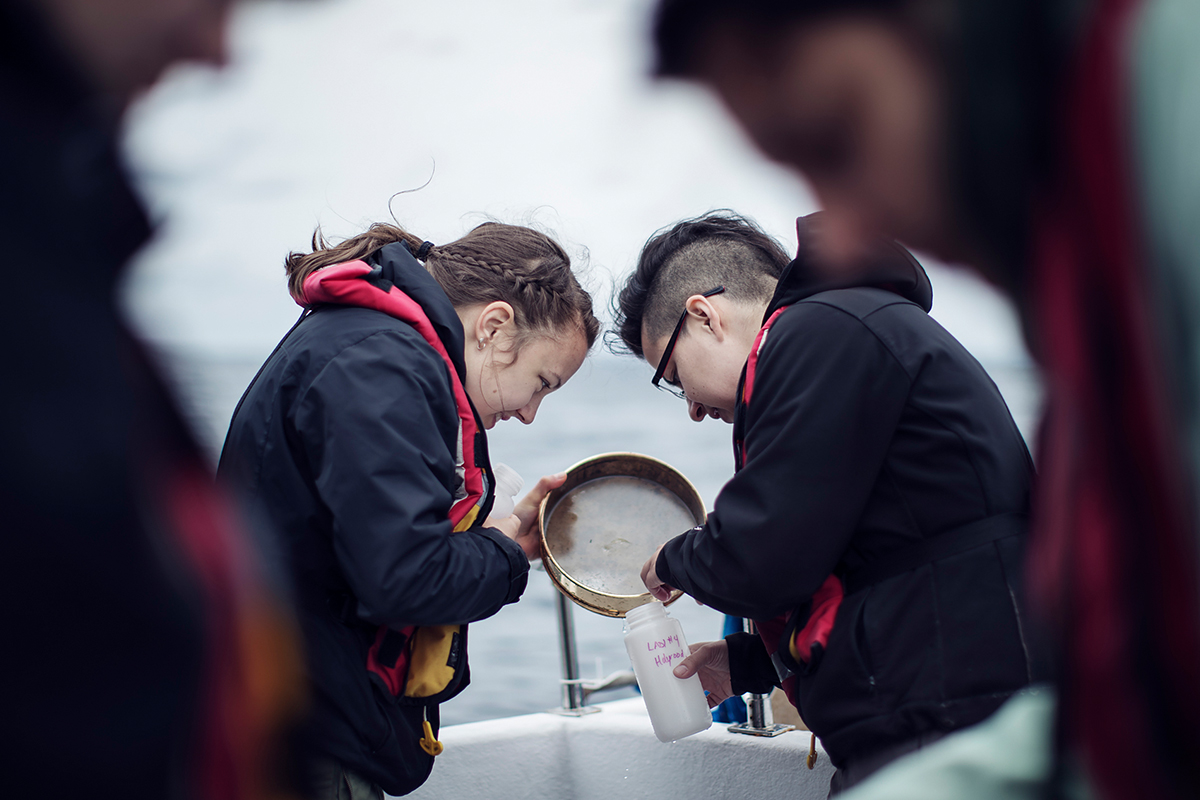
Dr. Liboiron with lab member Emily Wells, using open science surface trawls to investigate plastic pollution in Holyrood, Newfoundland. | Photo: David Howells
“CLEAR puts values like equity and humility that come from feminism and Métis teachings at the forefront of our scientific practices and lab culture,” she said. “We work to do science in ‘a good way.’ This means we don’t go to Indigenous land when we haven’t been invited, that we include community in peer review as well as the research questions we work on, and that Indigenous members of CLEAR work on samples from their own land.
“Settlers and Indigenous scholars work side by side in CLEAR, but they have different roles in anti-colonial science,” Dr. Liboiron continued. “I think it’s crucial that these sorts of things happen in a university in particular, given the role of schools and training institutions in Canada’s history of genocide and residential schools. I think anti-colonial knowledge production should and must happen in a university setting and become a normal part of learning if change is going to happen for both settlers and Indigenous scientists.”
Truth and reconciliation
As Murray Sinclair, chief commissioner of the Truth and Reconciliation Commission, said, “Education is what got us into this mess, and education is what will get us out.”
In individual faculties and schools at Memorial, work is ongoing to address the calls to action stemming from the Truth and Reconciliation of Canada.
In the School of Social Work, the Aboriginal Visiting Elders Project, which began in winter 2019, brings Indigenous Elders into the school to share time in an educational setting with students, faculty and staff.
In the Faculty of Medicine, medical students have the opportunity to participate in the Northern Family Medicine Education Program, an intensive two-year residency program that was developed in consultation with the Innu Nation and the Labrador Inuit Health Commission. The faculty has also developed programming to spark an interest in health-care related studies in Indigenous youth.
A turning point
The Faculty of Education, in partnership with the Nunatsiavut Government, recently offered a bachelor of education degree designed specifically for the Labrador Inuit educational context and delivered at Memorial’s Labrador Institute in Happy Valley-Goose Bay.
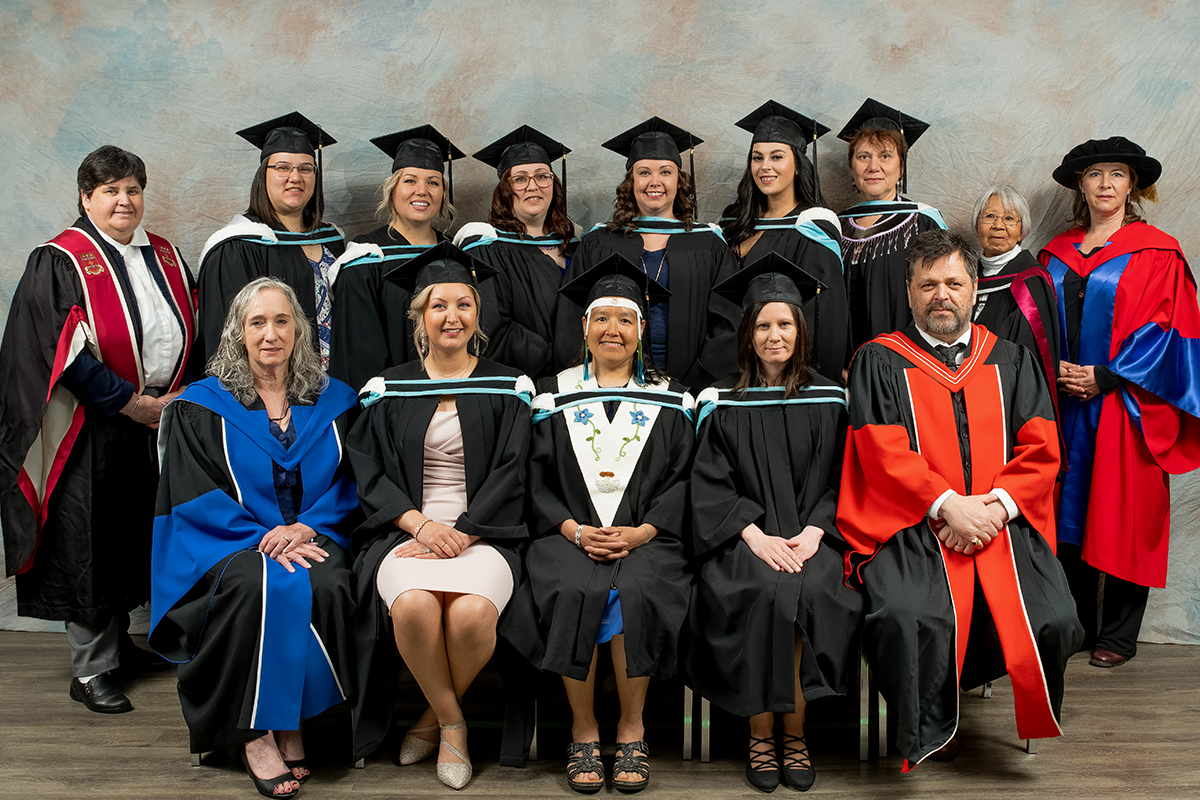
Graduates of the Inuit bachelor of education program with supporters from the Board of Regents and Faculty of Education at convocation in May 2019.
Graduates of the Inuit bachelor of education program at Convocation in May 2019.
Dr. Ashlee Cunsolo, director of the Labrador Institute, says the program was a welcome addition to the institute.
“Many people in Labrador are looking to enhance their education without having to leave their home, their families and their lands,” she said. “The Inuit bachelor of education program, as well as the Inuit bachelor of social work program, provided the opportunity for students to live and study in Labrador, which made obtaining a bachelor’s degree accessible and attainable.”
The program included the standard curriculum of a bachelor of education degree, as well as training in Inuktitut, cultural outings, resources for decolonizing curriculums and discussions about being Inuit and working for a Western school board.
“It not only taught me my language, but helped me to better identify as an Inuk.”
Doris Boase
Doris Boase, of Hopedale, Labrador, was one of the 10 students who graduated from the program in May.
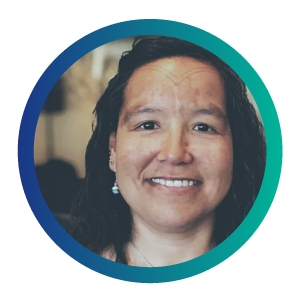
Doris Boase
Ms. Boase, who says she “never would have” contemplated travelling to St. John’s to complete an education degree, says the program was a turning point—not only for her career but in her understanding of her identity.
“The highlight of the program for me was learning and enhancing my limited skills in Inuktitut,” she said. “It not only taught me my language, but helped me to better identify as an Inuk. For me, this is a broken link in how I identify as an Inuk. Thanks to this program, I am on the path to repairing this broken link.”
Ms. Boase is now teaching Inuktitut to Grades 7-9 at Amos Comenious Memorial School in Hopedale. She says that she told her students at the beginning of school that although she is not fluent, she wants to teach them their language and learn with them.
“We talked about the importance of learning their mother tongue—the students were very eager to learn, which made my job easy,” she said. “The program taught me a lot about curriculum and lesson planning, but it also gave me confidence in my delivery of classes. I am educated in primary/elementary education, but have not had any hesitation whatsoever teaching high school kids. I am willing to teach anyone who wants to learn as long as they know that I am still on a learning journey myself with regards to our language.”
Catharyn Andersen asserts the impact of this program is profound. Not only are students trained in the skills they need to teach, she says that it is done in such a way that incorporates Inuit ways of knowing and Inuit ways of doing so that graduates of the program can go into Northern Labrador—or anywhere they want to go—and integrate the skills into their teaching practice.
“Young children are going to school and they will be able to be taught in a way that is respectful of and embraces their culture, rather than how it has always been with education coming from a Western perspective. The impact of that change will last a lifetime.”
A similar program was offered in 2009 when the Nunatsiavut Government contracted the School of Social Work to deliver a fully accredited, four-year bachelor of social work degree program in Labrador that emphasized traditional Inuit knowledge and cultural norms within the curriculum.
Partnership with Nunavut Arctic College
The success of these programs, as well as Memorial’s research experience in Arctic and sub-Arctic climates and specialization in career-related program development, as well as its marine training, were key factors when in October 2018 Nunavut Arctic College (NAC) chose Memorial for a 10-year strategic partnership.
“This partnership with NAC … really opens us up to rethinking how education can and should be delivered.”
Dr. Noreen Golfman
During the next decade, Memorial will work with NAC to build administrative capacity, promote Northern research opportunities and expand post-secondary programs available to learners in Nunavut.
“The partnership with NAC is a huge opportunity and very exciting,” said Provost Golfman. “It’s recognition of Memorial as a welcoming partner and really opens us up to rethinking how education can and should be delivered.”
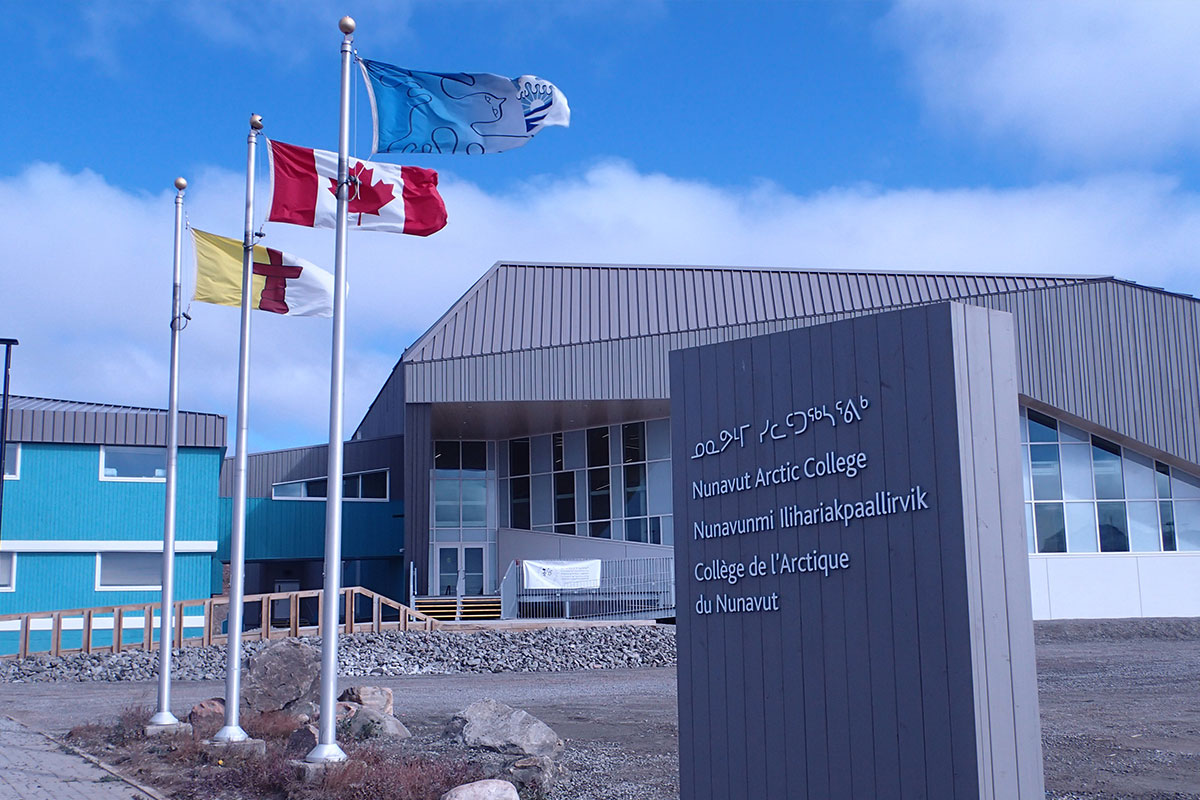
Nunavut Arctic College | Photo: Paula Dyke
Nunavut Arctic College | Photo: Paula Dyke
At the Labrador Institute, Dr. Cunsolo hopes that the partnership with NAC will continue the institute’s forward momentum of Northern-led and Northern-focused research and education.
“This is a great opportunity for both the Labrador Institute and the Nunavut Arctic College to build on our connections through the circumpolar North to work together and learn from each other, North-to-North,” she said.
“What we are seeing across Canada and throughout the circumpolar North is a move towards Northern sovereignty in Northern research and education. Memorial can play a really important role in this province, as well as in the rest of Canada and other circumpolar regions.”
Moving forward together
At the core of this work is Memorial’s commitment that its campuses, programming and people can, should and will become more welcoming and supportive of Indigenous students and scholars.
Coming to university will continue to be a significant transition for all students. But, with a focus on Indigenization and decolonization, as well as ensuring the right resources are in the right places, Indigenous students will be able to walk through the doors—as their whole selves.
MEMORIAL UNIVERSITY | Newfoundland and Labrador's University | OFFICE of THE PRESIDENT | president@mun.ca | 709 864 8212
MEMORIAL UNIVERSITY OF NEWFOUNDLAND | Newfoundland and Labrador's University | OFFICE of THE PRESIDENT | president@mun.ca | 709 864 8212
MEMORIAL UNIVERSITY OF NEWFOUNDLAND | Newfoundland and Labrador's University | OFFICE of THE PRESIDENT | president@mun.ca | 709 864 8212
MEMORIAL UNIVERSITY OF NEWFOUNDLAND | Newfoundland and Labrador's University
| OFFICE of THE PRESIDENT | president@mun.ca | 709 864 8212
OFFICE of THE PRESIDENT | president@mun.ca | 709 864 8212 |
MEMORIAL UNIVERSITY of NEWFOUNDLAND
